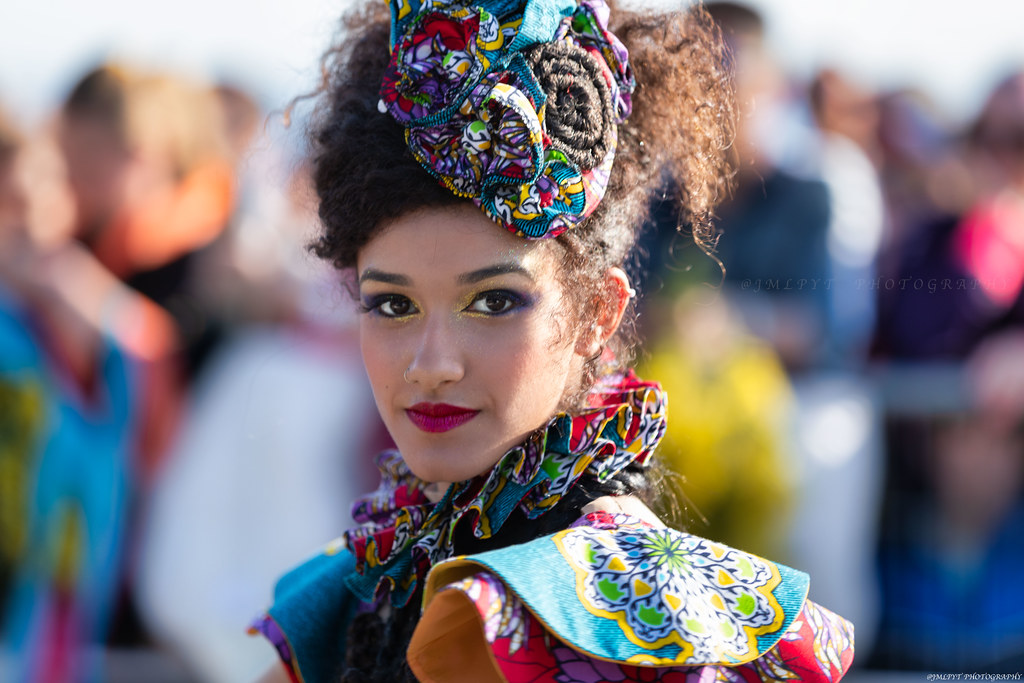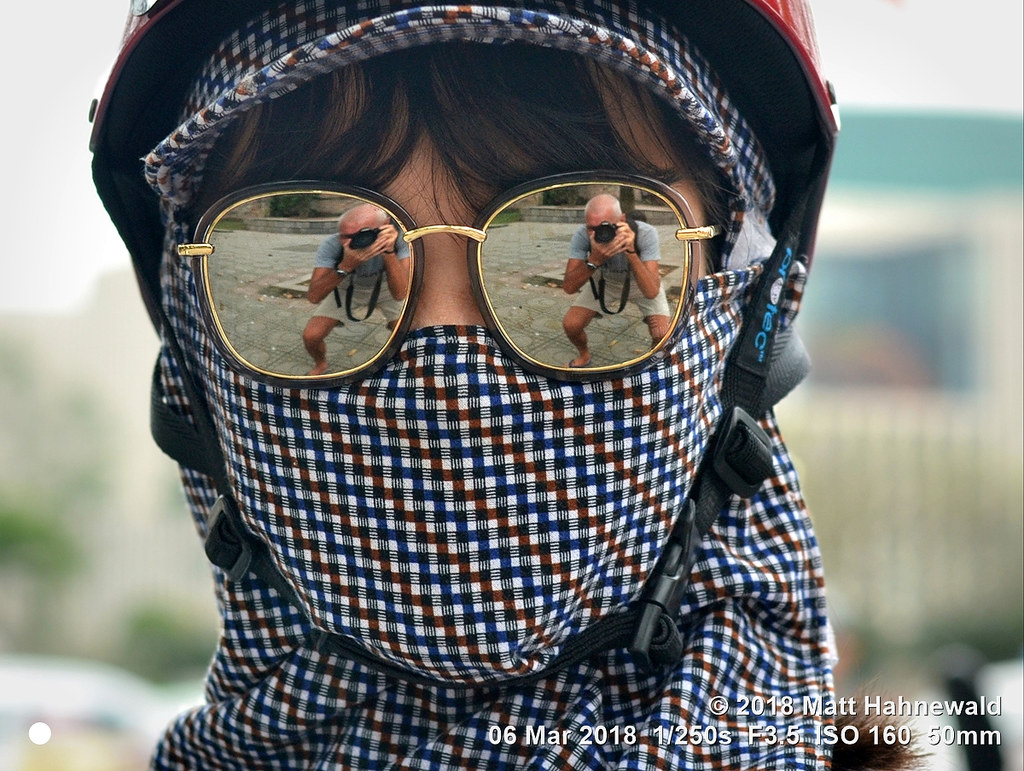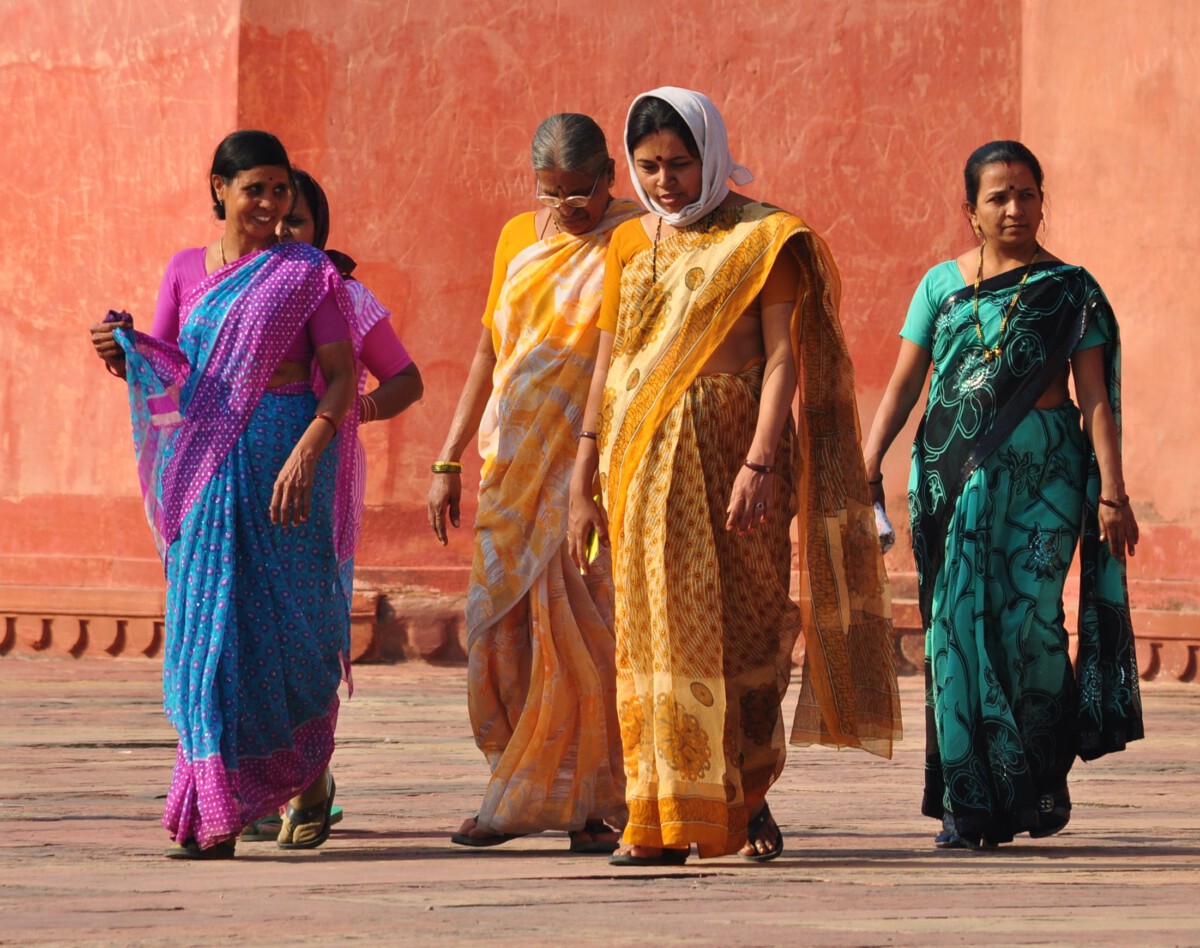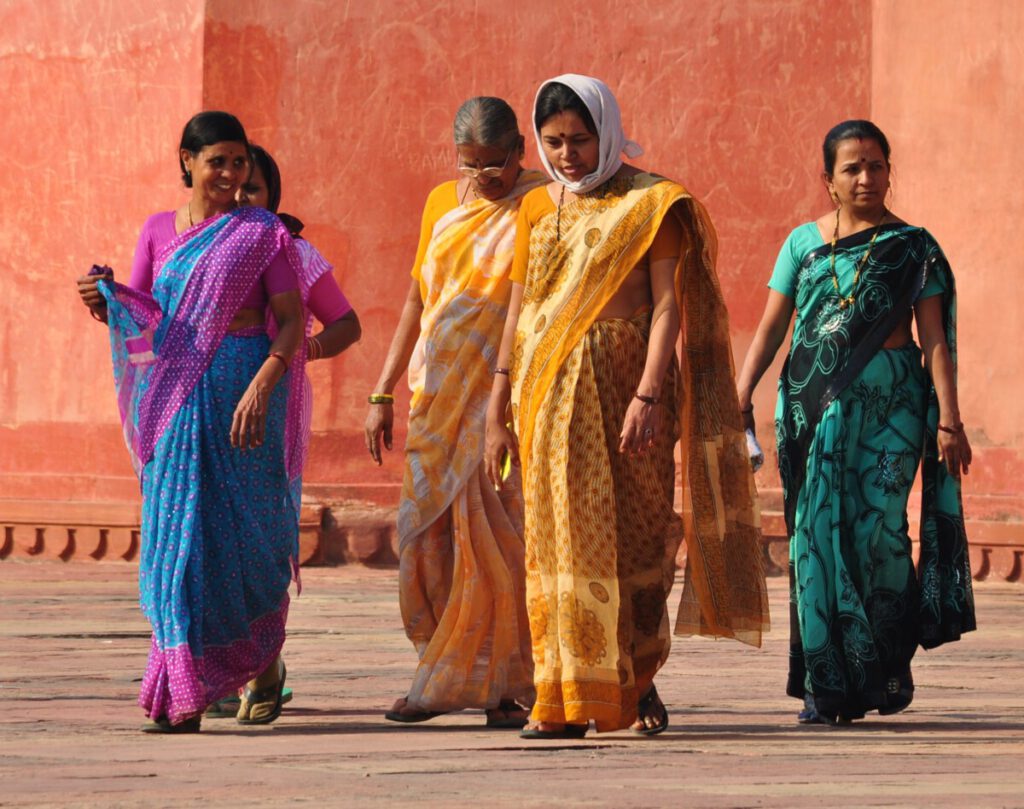Throughout history, clothing has transcended mere fabric and become intertwined with identity, status, and societal norms. Across the globe, laws regulating attire vary greatly, but in certain nations, deviating from these regulations can lead to severe consequences. This article delves into notable instances where wearing specific outfits is not just frowned upon but deemed illegal.
Saudi Arabia: Enforcing Traditional Attire

In Saudi Arabia, traditional attire is deeply embedded in cultural and religious practices. Historically, women were expected to don the abaya, a long black cloak, when in public. This garment symbolized modesty and adherence to Islamic values. Moving forward with reforms, these dress codes have softened to an extent, yet the essence of modesty remains paramount. Women, for instance, must still avoid wearing clothes that are excessively revealing. Similarly, men are encouraged to wear modest clothing, steering clear of shorts and sleeveless tops. The idea is not just to uphold tradition but to ensure that attire aligns with the nation’s cultural and religious ethos.
Iran: Mandatory Hijab Laws

In Iran, the law mandates that women cover their hair and necks with a hijab in public spaces. Non-compliance can result in severe consequences ranging from fines to imprisonment. This law is deeply rooted in the country’s post-revolutionary ethos, aiming to preserve Islamic principles. However, it has often been contested, with certain individuals pushing boundaries to protest. For instance, in 2024, a bold student made headlines by defiantly walking around her campus in Tehran, challenging these norms. The hijab law continues to spark heated debates and profound societal divisions in Iran.
France: Ban on Full-Face Coverings

France’s journey with attire-related laws took a significant turn in 2010 when a ban on full-face coverings was enacted. This law means certain religious garments like the burqa and niqab are prohibited in public spaces. The reasoning given was to bolster secularism and enhance public safety. However, this choice has met with resistance and controversy, spotlighting a nation grappling with balancing security concerns and individual freedoms. Citizens defying this rule face penalties, including fines and compulsory civics lessons. These debates spotlight the challenges of navigating attire laws in multicultural societies.
Tajikistan: Prohibition of ‘Black Clothes’

In an attempt to strengthen cultural identity, Tajikistan has taken a unique stance by outlawing “black clothes.” The 2024 legislation specifically targets clothing perceived as foreign to Tajik identity, like certain Islamic garments. This move is part of a broader effort to uphold national values and curb perceived religious extremism. The approach underscores the nation’s focus on preserving cultural norms while navigating the modern world. This law has elicited discussions on the delicate balance between cultural preservation and personal freedom.
North Korea: Strict Fashion Regulations

In North Korea, fashion is not just a personal preference but a statement of allegiance to socialist values. The country’s stringent regulations dictate specific attire norms to maintain uniformity. Jeans, particularly blue ones, are banned because they symbolize Western cultural influences. Men are also instructed to maintain short hairstyles, while women are advised against wearing particularly short skirts or pants. Such laws aim to preserve ideological purity and deter Western influence, with severe repercussions for those who defy these norms.
Bhutan: Mandatory Traditional Dress

Bhutan’s commitment to its cultural identity is reflected in its dress code laws. The gho for men and kira for women are mandated in formal settings like government offices and schools. This regulation seeks to reinforce national unity and pride. Many Bhutanese view these garments not just as attire but as tangible symbols of their cultural roots. Failing to comply can lead to fines or restriction from certain services. This balance of tradition and law showcases Bhutan’s journey in preserving its rich cultural tapestry.
Sudan: Public Decency Laws

Sudan’s historical dress regulations were steeped in societal norms deeming certain Western-style clothing as indecent. Women wearing trousers could face harsh penalties under these ordinances. The post-2019 era brought significant changes, notably repealing the Public Order Law. Such reforms were aimed at broadening personal freedoms. Still, deeply ingrained societal expectations often continue to influence what is considered acceptable attire.
Uganda: Anti-Homosexuality Act and Dress Code

Uganda’s Anti-Homosexuality Act does not just target identity but also influences how attire is perceived. Clothing that is interpreted as endorsing homosexuality can face legal repercussions. Critics argue that such laws infringe on personal freedom, further stigmatizing marginalized communities. Despite global condemnation, this law reflects broader socio-political dynamics at play in the region, influencing how individuals navigate their sartorial choices.
Japan: Prohibition of Certain Tattoos in Public Baths

In Japan, while clothing regulations aren’t as rigid, tattoos present unique challenges. Tattoo bans in public baths, or onsen, remain due to the historical association with organized crime groups like the yakuza. Despite evolving perceptions, many establishments uphold these restrictions, affecting both residents and tourists. Patrons are often asked to cover tattoos or are denied entry, reflecting cultural nuances in public attire norms.
United States: Anti-Mask Laws

In the U.S., anti-mask laws emerged from a need to counteract groups like the Ku Klux Klan. These regulations prohibit individuals from concealing their identity in public. The COVID-19 pandemic prompted a reevaluation of these laws, highlighting conflicts between public health directives and existing statutes. The discourse underscores how legislation can respond to shifting societal demands, reflecting broader debates on security and freedom.
In conclusion, the world of attire laws is as diverse as the nations enforcing them. These regulations mirror deep-rooted cultural values, religious beliefs, and political ideologies. While they aim to safeguard societal structures, critics argue about potential overreach on personal freedoms. Travelers and residents alike must navigate these sartorial landscapes carefully, understanding that attire carries deep societal implications. For more insights, visit Source.






